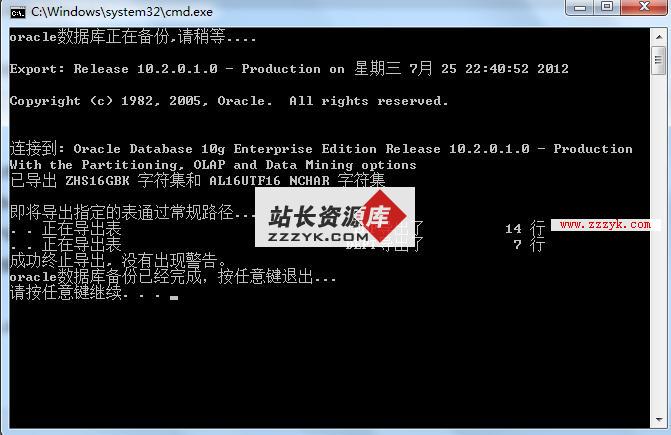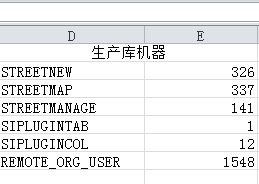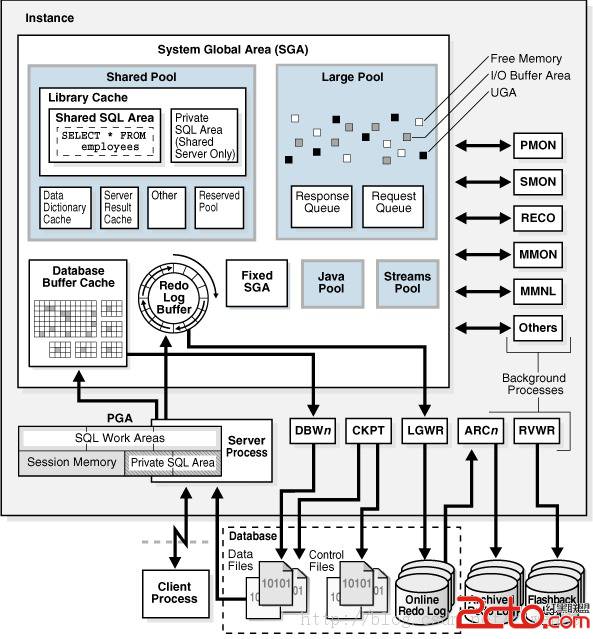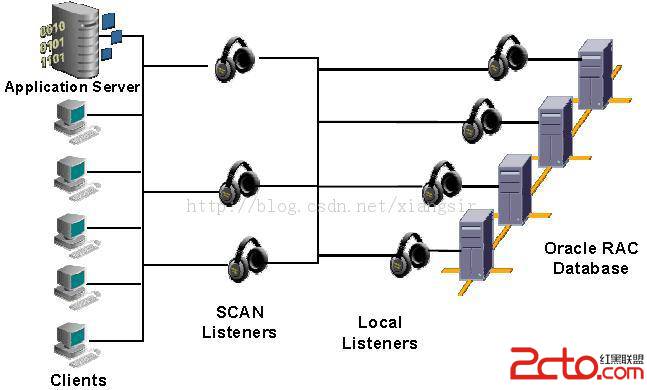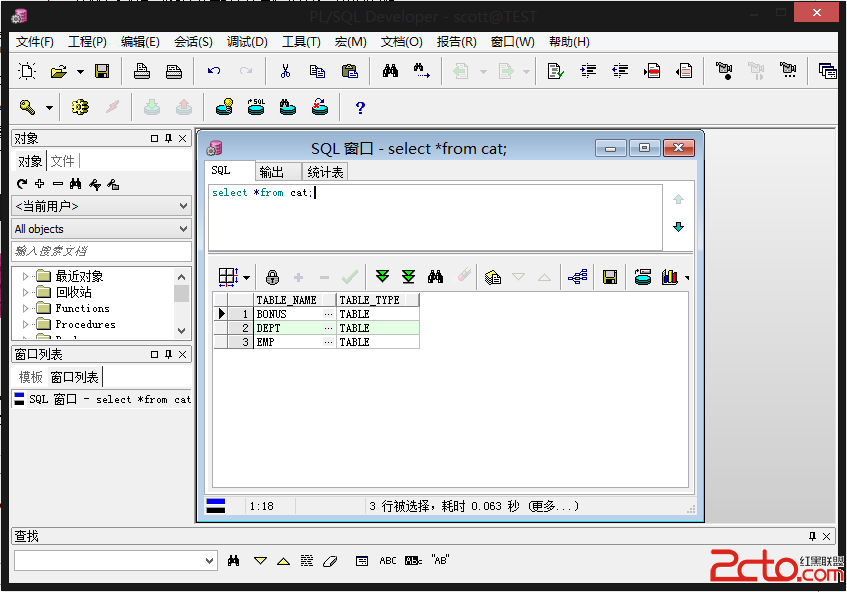Oracle索引扫描的4种类型
根据索引的类型与where限制条件的不同,有4种类型的Oracle索引扫描: 3,4可归一种
(1) 索引唯一扫描(index uniquescan)
(2) 索引范围扫描(index range scan)
(3) 索引全扫描(index full scan)
(4) 索引快速扫描(index fast full scan)
(5) 索引跳跃扫描(INDEXSKIP SCAN)
一. 索引唯一扫描(index unique scan)
通过唯一索引查找一个数值经常返回单个ROWID,存在UNIQUE 或PRIMARY KEY 约束(它保证了语句只存取单行)的话,Oracle经常实现唯一性扫描
1 必须是通过唯一索引【UNIQUE】来访问数据;
2 通过唯一索引来访问数据时,每次返回的记录数必须是1条;
3 WHERE从句中必须要用等值【=】条件来过滤数据:
注意:表中某个字段是唯一的,如果该字段上的索引不是唯一的,那么CBO选择的将是通过INDEX RANGE SCAN的路径来访问数据。想要表达的是,真实场景下这种情况的确会存在,因为有些系统是通过应用程序来保证表中的字段唯一,而并没有在表上对应的字段上通过创建唯一约束或者是唯一索引来保证数据的唯一性。那么,这样的话,将会导致CBO在选择执行计划的情况下,有可能会出现偏差。所以,对于这种情况下,即使应用程序可以保证数据的唯一性,最好还是在表上创建一个唯一索引比较稳妥。
例子:
SQL> create table t as select * from dba_objects where object_id is not null;
表已创建。
SQL> alter table t modify (object_id not null);
表已更改。
SQL> create unique index index_t on t(object_id);
索引已创建。
SQL> select * from t a where a.object_id=75780;
执行计划
----------------------------------------------------------
Plan hash value: 4119349871
--------------------------------------------------------------------------------
| Id | Operation | Name | Rows | Bytes | Cost (%CPU)| Tim
--------------------------------------------------------------------------------
| 0 | SELECT STATEMENT | | 1 | 207 | 2 (0)| 00:
| 1 | TABLE ACCESS BY INDEX ROWID| T | 1 | 207 | 2 (0)| 00:
|* 2 | INDEX UNIQUE SCAN | INDEX_T | 1 | | 1 (0)| 00:
--------------------------------------------------------------------------------
Predicate Information (identified by operation id):
---------------------------------------------------
2 - access("A"."OBJECT_ID"=75780)
统计信息
----------------------------------------------------------
6 recursive calls
0 db block gets
12 consistent gets
1 physical reads
0 redo size
1348 bytes sent via SQL*Net to client
404 bytes received via SQL*Net from client
1 SQL*Net roundtrips to/from client
0 sorts (memory)
0 sorts (disk)
1 rows processed
二.索引范围扫描(index range scan)
使用一个索引存取多行数据,或者创建索引时没有提字为unique索引,即使返一行记录也走范围扫描.
使用index rang scan的3种情况:
(a) 在唯一索引列上使用了range操作符(> < <> >= <= between)。
(b) 在组合索引上(unique index),只使用部分列进行查询,导致查询出多行。
(c) 对非唯一索引列上进行的任何查询。
例子:
SQL> create table t as select * from dba_objects where object_id is not null;
表已创建。
SQL> alter table t modify (object_id not null);
表已更改。
SQL> create index index_t on t(object_id);
索引已创建。
SQL> set wrap off;
SQL> set autotrace traceonly;
SQL> select * from t a where a.object_id = 75780;
Plan hash value: 80339723
--------------------------------------------------------------------------------
| Id | Operation | Name | Rows | Bytes | Cost (%CPU)| Tim
--------------------------------------------------------------------------------
| 0 | SELECT STATEMENT | | 1 | 207 | 2 (0)| 00:
| 1 | TABLE ACCESS BY INDEX ROWID| T | 1 | 207 | 2 (0)| 00:
|* 2 | INDEX RANGE SCAN | INDEX_T | 1 | | 1 (0)| 00:
--------------------------------------------------------------------------------
Predicate Information (identified by operation id):
---------------------------------------------------
2 - access("A"."OBJECT_ID"=75780)
Note
-----
- dynamic sampling used for this statement (level=2)
统计信息
----------------------------------------------------------
37 recursive calls
0 db block gets
118 consistent gets
&nbs
